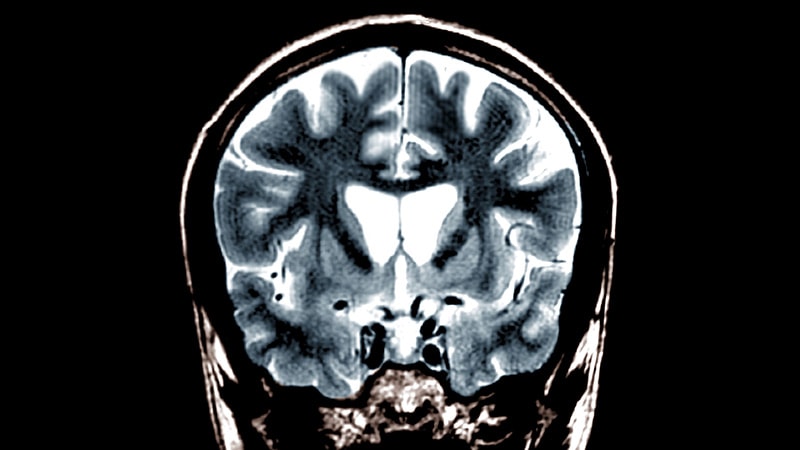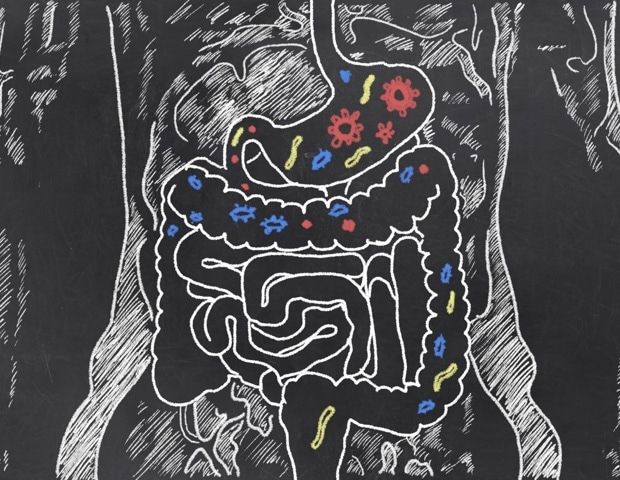In a wholly new approach to cancer treatment, Northwestern University biomedical engineers have doubled the effectiveness of chemotherapy in animal experiments.
Instead of attacking cancer directly, the first-of-its-kind strategy prevents cancer cells from evolving to withstand treatment — making the disease easier to target with existing drugs. Not only did the approach fully wipe out the disease to near completion in cellular cultures, but it also dramatically increased the effectiveness of chemotherapy in mouse models of human ovarian cancer.
The study was published today (July 22) in the Proceedings of the National Academy of Sciences.
“Cancer cells are great adapters,” said Northwestern’s Vadim Backman , who led the study. “They can adapt to almost anything that’s thrown at them. First, they learn to evade the immune system. Then, they learn how to adapt to chemotherapy, immunotherapy and radiation. When they resist these treatments, they live longer and acquire mutations. We did not set out to directly kill cancer cells. We wanted to take away their superpower — removing their inherent abilities to adapt, to change and to evade.”
Backman is the Sachs Family Professor Biomedical Engineering and Medicine at Northwestern’s McCormick School of Engineering , where he directs the Center for Physical Genomics and Engineering. He also is a member of the Robert H. Lurie Comprehensive Cancer Center at Northwestern University , the Chemistry of Life Processes Institute and the International Institute for Nanotechnology .
Chromatin is key to cancer’s survival
Cancer has many distinctive features, but one trait underlies them all: its relentless ability to survive. Even as it is bombarded by the immune system and harsh medical treatments, cancer might shrink or slow its growth, but it rarely disappears. While genetic mutations contribute to this resistance, mutations occur much too slowly to explain cancer cells’ rapid survival response.
In a series of studies, Backman and his team discovered a fundamental mechanism that explains this ability. The intricate organization of genetic material, called chromatin, dictates cancer’s ability to adapt and survive in the face of the most potent drugs.
Chromatin — a group of macromolecules including DNA, RNA and proteins — determines which genes are suppressed or expressed. To fit the two meters of DNA that comprises the genome within just one hundredth of a millimeter of space inside a cell’s nucleus, chromatin is packed extremely tight.
Through a combination of imaging, simulations, systems modeling and in vivo experiments, Backman’s team discovered that the three-dimensional architecture of this packing not only controls which genes are expressed and how cells respond to stress, but it also allows cells to physically encode memories of gene transcription patterns into the geometry of the packing itself.
The genome’s 3D arrangement acts like a self-learning system, much like a machine learning algorithm. As it learns, this arrangement constantly reshapes into thousands of nanoscopic chromatin packing domains. Each domain stores part of a cell’s transcriptional memory, which dictates how the cell functions. Throughout one’s life, these cell-specific chromatin domains are formed, strengthened by cellular experiences, stored and rewritten. Problems with this transcriptional memory can lead to diseases such as cancer and Alzheimer’s disease and might even drive aging.
In the case of cancer, when chromatin packing is disordered, a cell demonstrates more plasticity — or an increased ability to adapt — enabling them to learn to resist treatments such as chemotherapy.
Reprogramming chromatin to boost chemotherapy
In the new study, Backman and his team developed a new computational model that uses physics to analyze how chromatin packing influences a cancer cell’s odds of survival against chemotherapy. After applying the new model to various types of cancer cells and chemotherapy drug classes, the team found it could accurately predict cell survival — before treatment even began.
Because chromatin packing is critical for cancer cell survival, the researchers wondered what might happen if they changed the packing architecture. Instead of developing new drugs, they screened hundreds of existing drug compounds to find candidates that could alter the physical environment inside cell nuclei to modulate chromatin packing. Ultimately, the team selected celecoxib, an FDA-approved anti-inflammatory drug that is already on the market. Often prescribed to treat arthritis and heart conditions, celecoxib has a side effect of altering chromatin packing.
“Several drugs, including celecoxib, can regulate chromatin and repress plasticity,” Backman said. “With this approach, we now can design strategies that synergize with chemotherapy or other existing therapies. The important finding is the concept itself. This particular drug just proves the point.”
“This study opens up novel therapeutic avenues to treat cancer that can supplement existing treatments,” said Rachel Ye, a graduate student in Backman’s laboratory . “It is exciting to see how we are unraveling the mysteries of genome organization through multidisciplinary approaches, and this paper is a strong result of that effort.”
Experimental results
According to Backman, celecoxib and similar drugs could become a new class of compounds, called Transcriptional Plasticity Regulators (TPRs), designed to modulate chromatin conformation to prevent cancer cells’ adaptive abilities. The researchers found that combining celecoxib with standard chemotherapy caused a substantial increase in the number of cancer cells that died.
After proving its effectiveness in cellular cultures, Backman and his team wanted to demonstrate its potential in a more realistic biological system. The team combined paclitaxel (a common chemotherapy drug) with celecoxib in a mouse model of ovarian cancer. The experiments revealed that the combination reduced the cancer cells’ adaptation rates and improved the inhibition of tumor growth — outperforming paclitaxel alone.
“The animal model that we used has incredible predictive power for what happens in humans,” Backman said. “When we treated them with a low dose of chemotherapy, the tumors continued to grow. But, as soon as we combined the chemotherapy with the TPR candidate, we saw much more significant inhibition. It doubled the efficacy.”
By making chemotherapy more effective, the new strategy potentially could also enable physicians to prescribe lower doses of chemotherapy for their patients. Lower, yet still effective, doses could reduce the burden of chemotherapy’s infamously difficult side effects. That would mark a significant improvement in patients’ overall comfort and experience during cancer treatment.
“Chemotherapy can be so hard on the body,” Backman said. “A lot of patients, quite understandably, sometimes choose to forego chemotherapy. They don’t want to suffer in order to live a few months longer. Maybe reducing that suffering would change the equation.”
Future directions for other diseases
Backman only has focused on cancer so far, but he thinks modulating chromatin conformation might be the key to treating various complex diseases, including heart disease, neurodegenerative diseases and more. Although most cells in a multicellular organism share the exact same genome, there are hundreds of cell types such as bone, neurons, skin, heart tissue, blood and so on. Understanding the physical rules governing how so many different types of cells, with such different functions, can result from the same instruction set is crucial; the conformation of chromatin and the cellular transcriptional memory are what allow all of these different cell types to “remember” which genes to express in order to perform their particular cellular function properly and to work coherently with the cells around them.
Backman posits that some complex diseases, rather than being caused entirely by genetic mutations, may be rooted both in mutations and in cells’ losing their correct transcriptional memories. The loss of a cell type-specific transcriptional lineage in neurons has been associated with early stage neurodegeneration, for example. Cells can also forget which genes to express for normal function when they undergo stress, and that incorrect expression may then become written into the cellular memory, leading to loss of cell function or even disease. Reprogramming chromatin conformation could help restore cells’ correct memories, potentially enabling them to return to a normal state.
“In many diseases, cells forget what they should be doing,” Backman said. “Many impactful diseases of the 21st century are, to a large extent, related to cell memory. Each cell in our body has several thousand chromatin domains, which are actual physical elements of transcriptional memory. The computational complexity that happens in every single cell is equivalent to a 1984 Apple computer. Cells maintain memory for a long time, but they can also develop spurious memories or lose memories. Cancer cells take that to the extreme. I think what we have found here is the source code of cell memory.”
The study, “Leveraging chromatin packing domains to target chemoevasion in vivo,” was supported by the National Institutes of Health (grant numbers U54CA268084, U54CA193419, R01CA228272, R01CA225002, R01CA155284, R01CA165309, T32GM132604, T32GM008152 and T32HL076139), National Science Foundation (grant numbers EFMA-1830961, EFMA-1830968, EFMA-1830969, CBET-1249311, EFRI-1240416, DGE-0824162 and DGE-184216), the Lefkovsky Innovation Award and the Chicago Biomedical Consortium with support from the Searle Funds at The Chicago Community Trust.








